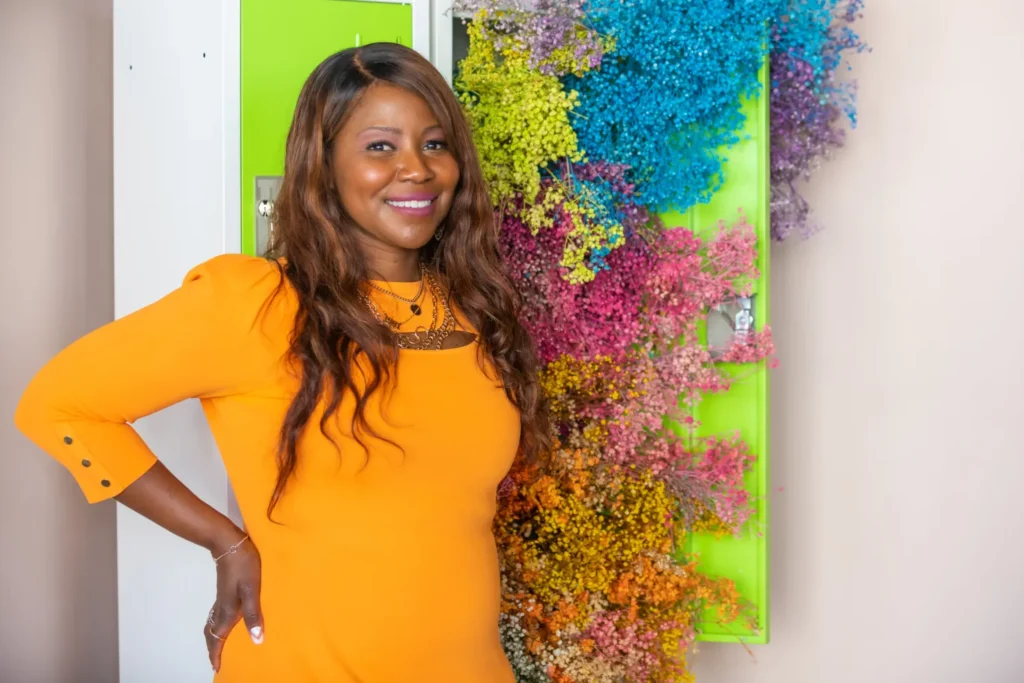Blame it on the pandemic, society’s increased focus on wellness or a shifting away from the traditions of yesterday, but increasingly people are demanding more from their careers. They want to feel less exploited and more fulfilled by the work that they do. Sadly, with the forces of capitalism and Corporate America, working in tandem, achieving this fulfillment is not always easy. It requires clarity of intention, creativity and perhaps even the willingness to take risks. Turns out, there’s a name to encompass all of this: Job Crafting.
21Ninety spoke with Diversity, Equity and Inclusion executive and career coach Desiree Coleman and Corporate Psychologist and Counselor Yamini Rai about job crafting, how to do it, and how it can make your work more enjoyable.

What is Job Crafting?
“Job crafting is the process of designing your career,” Coleman explains. “It’s the difference between just ‘letting your career happen to you’ versus deciding to take intentional steps to realize your dreams” she adds.
Coleman explains that those dreams could be personal or professional. But the idea is that the work that you do adds to the quality of your life, not just financially but emotionally in the way you feel about your work and how it complements your overall desires.
Types of Job Crafting
Rai says there are three types of job crafting: Task crafting, relational crafting and cognitive crafting.
“Task crafting involves altering the number, type or nature of your job tasks,” Rai explains. “Relational crafting involves changing the interaction or relationships with others at work. Cognitive crafting means changing how you perceive the tasks and their meaning.”

How to Begin Job Crafting
Both Coleman and Rai say that the first step in job crafting requires you to get clear.
“Start by identifying your passions, strengths, and interests,” Rai says. “Then examine your job task and see how you can align them with your identified factors.”
Coleman said once she identified what she wanted to get out of every single opportunity, she could move forward.
“I’ve redesigned my role by over-indexing on the aspects of the job that I loved most or wanted to learn more about.” Rai explains.
From there, Rai says you can experiment with the three different job crafting strategies to see which one resonates.
“Understand your motivations, strengths, weaknesses and where you derive fulfillment,” Rai says.
Coleman says once you know what you want, you can involve others. She sought out mentors to share their perspective.
The Benefits of Job Crafting
Whether your employer gives you the freedom to job craft or you take on the task individually, the process is empowering.
“Empowering employees is priceless,” Coleman says. And she encourages employers to work with their employees in the process.
“Employe engagement, career development and retention are the benefits of job crafting. It is a win-win for the organization and the employee.”
More than just job satisfaction, job crafting has the ability to improve the quality of a person’s life, in and outside of work.
“Job crafting increases job satisfaction, engagement, resilience, performance while reducing burnout,” Rai says. “It also contributes to overall well-being.”
